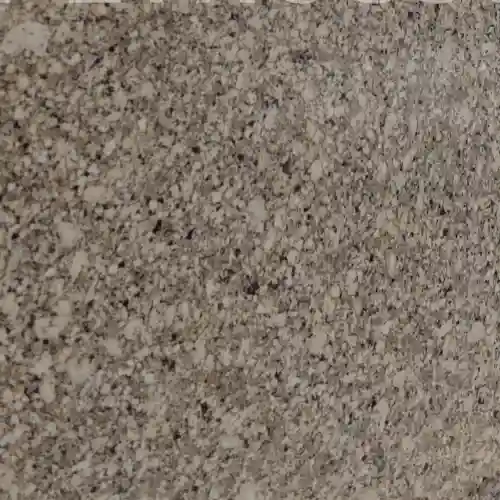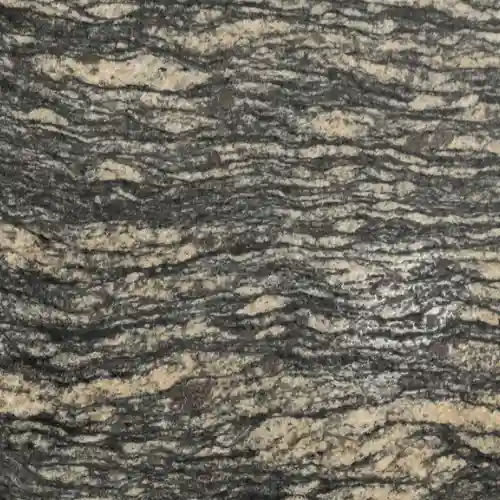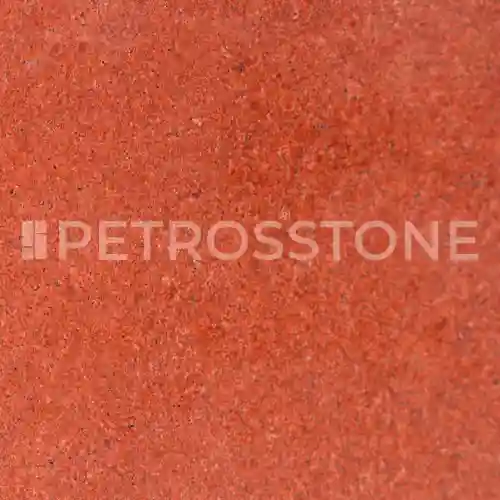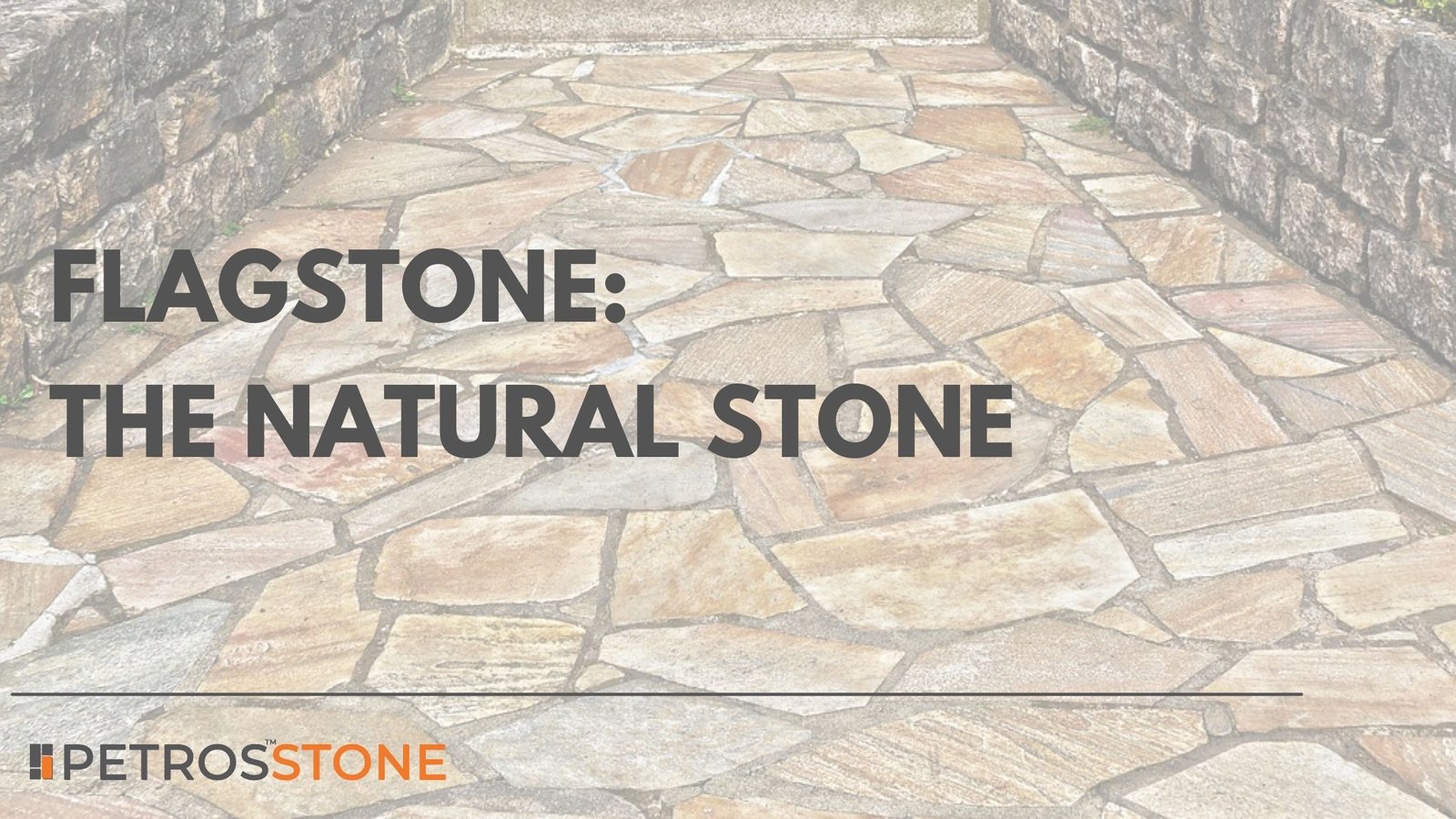
In this blog, we will discuss flagstone, its composition, benefits, uses, cost, maintenance, and how it compares to similar natural stones like slate, sandstone, and limestone.
Flagstone was quarried for thousands of years. Some of the oldest roads, castles, and courtyards are made with flagstone. This naturally occurring stone has always been strong, durable, and attractive, from ancient European cobblestone streets to contemporary patios.
Nowadays, homeowners, architects, and landscapers choose flagstone as a durable paving material. Despite its popularity, there remains confusion about its composition, durability, and applications.
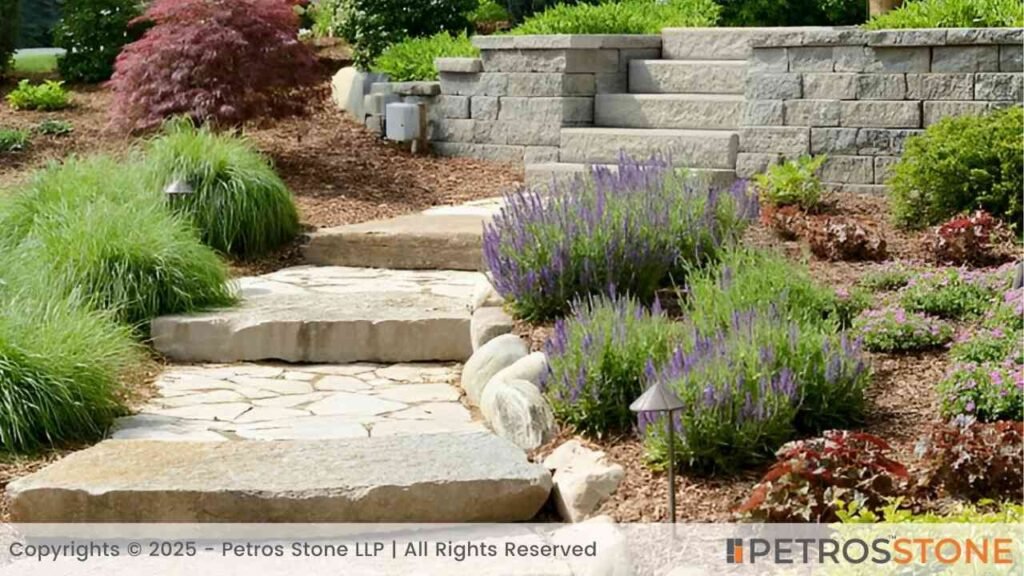
- What is Flagstone?
- Is Flagstone a Natural Stone?
- What can Flagstone be used for?
- How is Flagstone Different from Slate, Sandstone, and Limestone?
- Advantages and Disadvantages of Flagstone
- Flagstone Installation Methods
- Flagstone Maintenance & Cleaning
- Is Flagstone Expensive?
- Flagstone Price
- How to Calculate the Cost of A Flagstone Floor?
- Is Flagstone Porous?
- Do You Need to Seal a Flagstone Patio?
- Where Can You Find Flagstone?
- Frequently Asked Questions
What is Flagstone?
Natural sedimentary rock like flagstone splits into flat slabs for paving, cladding, and landscaping. It contains sandstone, limestone, or shale, and natural minerals like silica, calcium carbonate, or iron oxide. They give the stone colour, texture & porosity.
Is Flagstone a Natural Stone?
Yes! Flagstone is all natural and was deposited millions of years ago by compaction, pressure, and mineral deposition. It is quarried directly from the earth, unlike synthetic alternatives like concrete or manufactured stone veneers, making it an eco-friendly and very durable building material.
What can Flagstone be used for?
Flagstone can be used indoors or outdoors. This gives both structural strength and visual appeal for residential, commercial, and public spaces.
1. Landscaping and Outdoor Use
- Patios and Walkways: Flagstone is irregular in shape and naturally rough in texture, and is used in pathways, courtyards, and outdoor seating areas. It looks great with gardens/lawns/stone retaining walls.
- Pool Decks and Surrounds: Flagstone remains cool underfoot, so it is an excellent material for pool Decks and surrounds in warmer climates. Its naturally slip-resistant surface makes the stone safe.
- Garden Paths and Stepping Stones: Flagstone’s flat, irregular slabs are used for walkways and stepping stones in rustic gardens.
- Driveways and Courtyards: When properly laid on a solid base, flagstone can handle vehicular traffic and heavy loads better than concrete driveways.
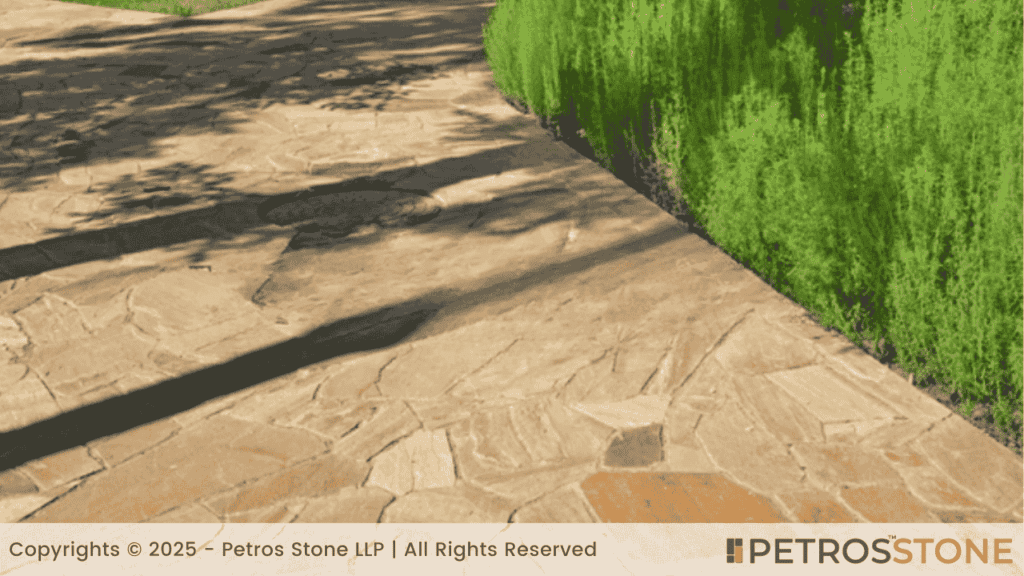
2. For Architectural and Structural Uses
- Wall Cladding and Facades: Flagstone is used as a decorative and protective covering for exterior walls.
- Fireplace Hearths and Mantels: Due to its high heat resistance, flagstone is frequently used for fireplace surrounds, hearths, and mantels.
- Roofing (Traditional Applications): Some historic European homes have flagstone roofing, which is still used in restoration projects of heritage buildings.

3. Commercial and Public Spaces
- Restaurants, Hotels, and Resorts: Flagstone adds character to luxury interiors and exteriors, giving a natural look to high-end establishments.
- Parks and Public Walkways: Because it withstands heavy foot traffic without deterioration, flagstone is widely used in public spaces, plazas, and historic sites.

How is Flagstone Different from Slate, Sandstone, and Limestone?
Flagstone is a sedimentary rock but is mistaken for slate, sandstone, and limestone. Flagstone is usually made of feldspar and quartz sandstone, with a grain size of 0.16 mm – 2 mm in diameter.
| Feature | Flagstone | Slate | Sandstone | Limestone |
| Formation | Sedimentary rock with natural brittleness. | Metamorphic rock derived from shale (Fine-grained sedimentary rock) | Sand-based sedimentary rock | Calcium carbonate-based sedimentary rock |
| Texture | Rough, slightly porous | Smooth, fine-grained | Granular, gritty texture | Soft, chalky, can be polished |
| Durability | Strong, weather-resistant | Hard but brittle, prone to chipping | Moderate hardness, good for outdoor use | Softer, prone to erosion |
| Best Use | Patios, walkways, walls | Roofing, interior flooring | Garden paths, stepping stones | Interior flooring, decorative elements |
Flagstone is superior for outdoor applications due to its natural durability, slip resistance, and aesthetic appeal. While slate and limestone have their uses, they are not as versatile or durable as flagstone in high-traffic outdoor settings.
Advantages and Disadvantages of Flagstone
Advantages
- Natural and Eco-Friendly: Flagstone is a naturally occurring sedimentary rock that is mined from quarries without much processing. Like synthetic alternatives, it contains no harmful chemicals or artificial additives.
- Durability: Extreme temperatures, sun, and heavy foot traffic will not damage Flagstone. It lasts decades without major wear and is a good long-term investment for outdoor spaces.
- Slip-Resistant: It is slip-resistant because of its naturally textured surface – no more slipping on wet areas like pool decks, garden pathways, and patios.
- Low Maintenance: Unlike wood or synthetic materials, flagstone does not rot, warp, or attract termites. The only upkeep is occasional cleaning and resealing if necessary.
- Aesthetic Appeal: The earth tones and textures of Flagstone add appeal to landscapes and architectural spaces.
- Versatile Applications: Suitable for patios, walkways, driveways, retaining walls, fire pits, and even interior designs such as fireplace surrounds and accent walls.
- Heat Resistance: Flagstone is cool and comfortable on outdoor seating areas and poolside surfaces compared to concrete or artificial pavers, which retain heat and become hot.
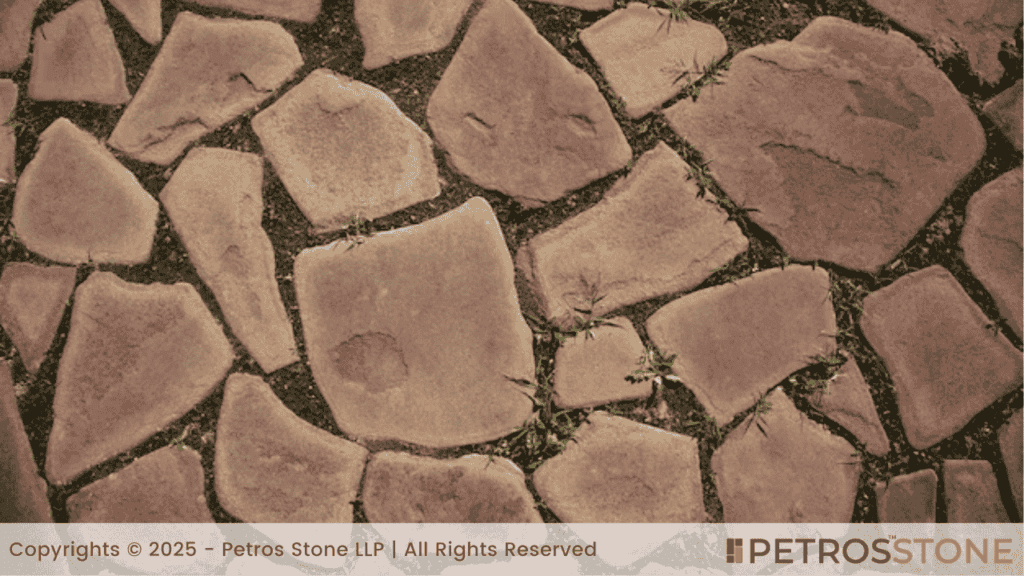
Disadvantages
- Higher Initial Cost: Flagstone is usually more expensive than concrete pavers or bricks when first constructed. The prices depend on stone type and quarry location.
- Labor-Intensive Installation: Flagstone is irregular in shape and thickness and requires skilled labor for fitting and installation. That adds cost to a project.
- Heavy Weight: It is heavy weight and dense – this makes moving and handling flagstone slabs difficult and may require additional labor and effort during installation.
- Porous Varieties Require Sealing: Some Porous varieties require sealing to prevent staining or damage in freeze-thaw climates, especially sandstone. Sealing protects the stone but increases maintenance.
- Uneven Surface: Flaws and irregularities aside, flagstone is not always level, so furniture placement and walking may be uneven.
- Limited Availability in Some Areas: Flagstone cost and availability vary by region; transportation adds to the price if no local quarries are available.
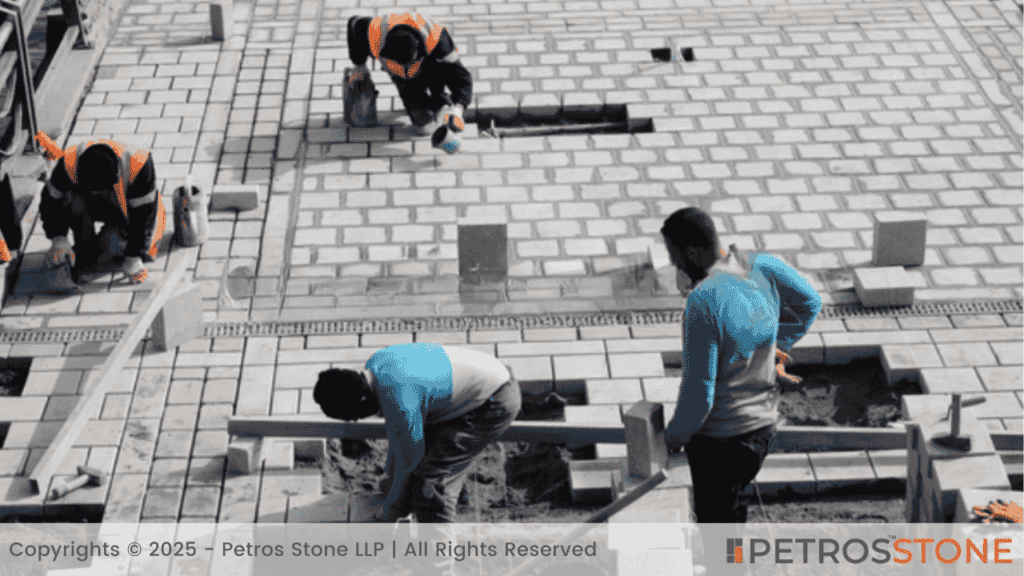
Flagstone Installation Methods
Different techniques are used for installing flagstone depending on durability, budget, and design preferences. Typical installation methods:
1. Dry-Laid Installation (Sand or Gravel Base) of Flagstone
- Process:
- Stones are placed directly on a compacted base of sand and gravel without mortar.
- Advantages:
- More affordable than mortar-set installations.
- It allows easy adjustments and repairs.
- Provides better drainage, reducing water pooling.
- Disadvantages:
- Stones move over time, requiring re-leveling.
- Weeds may grow between the gaps if not properly maintained.
- Best Used For: Garden paths, stepping stones, and informal patios.
2. Mortar-Set Installation (Concrete Base) Of Flastone
- Process:
- Flagstones are embedded in a concrete base and secured with mortar.
- Advantages:
- Give a permanently stable surface.
- Prevents weeds and shifting of stones.
- Best for heavy loads/high-traffic areas.
- Disadvantages:
- More expensive due to material and labor costs.
- Requires proper drainage to prevent cracking.
- Best Used For: Patios, driveways, and pool decks.
3. Hybrid Installation (Combination of Dry and Mortar) of Flagstone
- Process:
- In a hybrid installation, the stones are laid on a sand base but in some places are attached with mortar.
- Advantages:
- More flexibility than full mortar-set but more stability than dry-laid.
- Reduces overall material costs compared to a full mortar base.
- Disadvantages:
- It can be hard to fix/adjust.
- Even so, mortar may crack over time.
- Best Used For: Best for medium traffic patios and walkways.
4. Stepping Stone Method
- Process:
- Using the Stepping Stone Method, large flagstone slabs are individually placed on a sand or gravel base with gaps in between.
- Advantages:
- Requires minimal materials and labor.
- Creates a natural, informal look.
- Let grass or moss grow between the stones.
- Disadvantages:
- Not suitable for high-traffic areas.
- Uneven surfaces develop over time.
- Best Used For: Garden paths, stepping stones, and decorative walkways.

Flagstone Maintenance & Cleaning
Proper maintenance will preserve the beauty and longevity of flagstone. Though very durable, flagstone requires special care.

1. Regular Cleaning Routine
- Sweep frequently to remove debris and dirt to prevent accumulation.
- Use a garden hose to rinse the surface periodically for dust and mild stains.
- Warm water and mild dish soap will work best for tougher stains – scrub with a soft brush.
2. Removing Stains and Mold
- Algae and Moss: Mix equal parts water and white vinegar, then scrub affected areas with a stiff brush.
- Use a degreaser or a paste of baking soda and water, and let it sit before scrubbing.
- Use a commercial rust remover for natural stone stains.
Is Flagstone Expensive?
The cost of flagstone depends on material type, installation method, and regional pricing.
Flagstone Price
| Sr. | Name | Image | Size | Finish | Price |
| 1 | Sandstone Flagstone | Random Faces, Customizable Sizes | Natural, Honed, Tumbled | Chat with us – $10/sqm | |
| 2 | Limestone Flagstone | Random Faces, Customizable Sizes | Polished, Honed, Bush-Hammered | Chat with us – $12/sqm | |
| 3 | Slate Flagstone | Random Faces, Customizable Sizes | Cleft, Honed | Chat with us – $9/sqm |
How to Calculate the Cost of A Flagstone Floor?
- Stone Type: This is material cost – the cost of flagstone can start at just $10 per square meter
- Installation Method: Methods such as mortar-set or concrete-set installations are more labor-intensive and thus more expensive than dry-laid methods.
- The cost of installation depends on your region. Check with nearby installers to get a preliminary quote. The cost of installation will depend on the type of installation. By studying the different types of installation methods, decide the one that suits best for yourself.
While the initial cost of flagstone floors is usually higher compared to materials like concrete but its durability, aesthetic appeal, and low maintenance often make it a cost-effective choice in the long term.
Is Flagstone Porous?
It is porous, but the porosity varies with the mineral composition and geologic formation of flagstone.
This affects how well the stone absorbs water and may affect maintenance requirements, durability and application suitability.
Porosity of Flagstone Depends on Its Type
- Flagstone is porous and absorbs moisture. Left unsealed causes staining, weathering, and freeze-thaw damage in colder climates. Seal it regularly to prevent water infiltration and prolong life.
- Denser and less porous than sandstone, slate resists water absorption and is therefore used in high-moisture areas. It needs little sealing but may be treated occasionally for durability.
- The moderately porous limestone absorbs water more slowly than sandstone but faster than slate. Exposed moisture can cause erosion/discoloration/algae/moss growth. Sealing is suggested for moist or wet environments.
Do You Need to Seal a Flagstone Patio?
Sealing is not always necessary but is highly recommended for patios and high-moisture areas.
Benefits of Sealing Flagstone:
- Prevents stains from oil, food, and debris
- Enhances color vibrancy
- Reduces erosion and weathering
- Improves longevity
A breathable, penetrating sealer will keep the stone looking natural without being shiny or slippery.
Where Can You Find Flagstone?
Flagstone is found throughout India. Most flagstones are of Indian origin unless manufactured locally.
For homeowners, architects, and landscape designers looking to invest in a material that offers both function and beauty, flagstone stands as an unrivaled option.
At Petros® Stone, we offer flagstone in a variety of colors, textures, and finishes. You get high-quality natural stone and expert advice on selection, installation, and maintenance.
Find the right flagstone for your project here. Browse the collection from Petros® Stone and let us help you create natural stone spaces that last.
Frequently Asked Questions
How is flagstone normally used?
Because it’s tough and natural, flagstone is used for paving walkways, patios, and flooring.
Do I need to seal the flagstone?
Not always necessary, however, sealing flagstone prevents stains and weathering, especially in high-traffic or moisture areas.
How do I clean flagstone?
Most often, a sweep or occasional washing with mild detergent and water suffices. Use acids or strong cleaners sparingly – they will damage the stone.
How does the flagstone stand in freezing temperatures?
Yes, flagstone is durable and can endure freeze-thaw cycles, making it suitable for various climates.
Is flagstone slippery when wet?
Flagstone’s natural texture provides some slip resistance, but it can become slippery when wet, especially if sealed with a glossy finish.
Feel free to get in touch for a free consultation, quote, and get a detailed understanding from our experts here at Petros®. Visit https://petrosstone.com/ or call +91-8446360361 and WhatsApp

Hi, I’m Dhananjay,
With a background in architecture and years of industry experience, I share insights on materials that shape great design. At Petros® Stone, I craft content that highlights the beauty and utility of natural stone, helping architects, builders, and homeowners make informed choices while strengthening the brand’s voice and online presence.
Cot Ca Gold Granite
Black Wave Polished Granite
China White Granite
Pearl White Granite
Marquina Leather Granite
Red Lakha Granite




